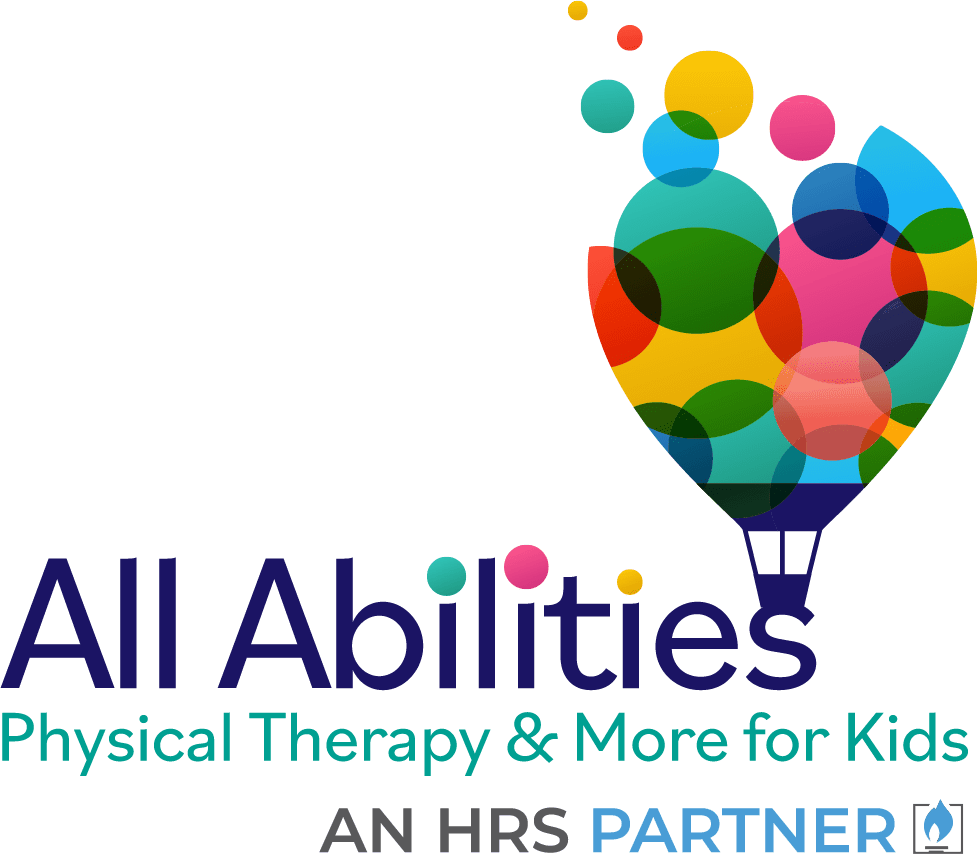Our frequently asked questions help answer many of the questions and concerns we receive from new patients before the first visit regarding services, insurance, billing and processes.

An initial evaluation is considered your first visit as a patient of our clinic and is a detailed visit with your physical therapist to determine a plan of care to best treat your child’s condition. Often this includes a conversation about your child’s condition, health history and goals. These visits often include stretches and exercises. Following the initial evaluation, we will work with you to schedule your child’s next visits.
This depends on your child’s individual needs. Your child’s physical therapist will work with you to develop a treatment plan together. This usually consists of one to three visits per week depending on your child’s condition.
Physical therapists are movement experts who work with patients to enhance quality of life with exercise, hands-on care and education. Physical therapists, after making a diagnosis, create personalized care plans to improve mobility, manage pain and chronic conditions, recover from an injury and prevent future injuries and chronic conditions. Physical therapists treat people of all ages.
Physical therapist assistants are licensed clinicians who work under the direction and supervision of physical therapists. Like physical therapists, they help patients recover from injuries, gain movement and manage pain. Physical therapist assistants treat people of all ages.
Physical therapy, for some conditions, has been found to be as effective as surgery. Consider physical therapy before undergoing expensive and invasive surgeries.
Physical therapy can help with a wide variety of symptoms and conditions including but not limited to developmental delays, walking abnormalities such as toe-walking, cerebral palsy, spina bifida, down syndrome, genetic abnormalities, hypotonia, hypertonia, torticollis, coordination disorders, balance disorders, post-surgical and NICU graduates.
We are here to help! Please let your physical therapist know of any other issues or new concerns. We work on the entire body, so chances are we can help. If physical therapy is an option for treating your child’s new condition, we may modify their current plan of care. Or we may establish a separate plan of care to address the other condition(s). We’ll work with you to determine the best path to getting your child better.
Physical therapists’ end goal is for patients to get to the point where they can maintain on their own. In order to do that, they will push your child beyond their comfort zone a little bit. Physical therapists will encourage your child to go beyond what they think they can do to help them live their best life. Most people only go to therapy a few times each week. Stretching and strengthening exercises need to be done almost daily to get the improvement your child needs. Your child’s exercises are like eating a salad: you’re not going to have a healthy diet if you eat a salad once a week and eat cake the rest of the week, they need to become part of your daily routine. And yes, physical therapists can tell if someone is doing their home exercises or not.
Physical therapy takes patience and perseverance and is not a quick fix. If you want lasting results, you need to see the program through to the end.
Pediatric physical therapy helps you learn to move. This can include rolling, crawling, walking, jumping, and navigating stairs and obstacles. Pediatric physical therapy is teaching gross motor activities. Pediatric occupational therapy teaches you how to complete tasks that are part of daily life, such as dressing—zippering and buttoning, eating—holding a utensil, and taking care of yourself. Pediatric occupational therapy is teaching fine motor tasks. It is common for both physical therapists and occupational therapists to work with doctors, nurses, social workers, speech or recreational therapists.
